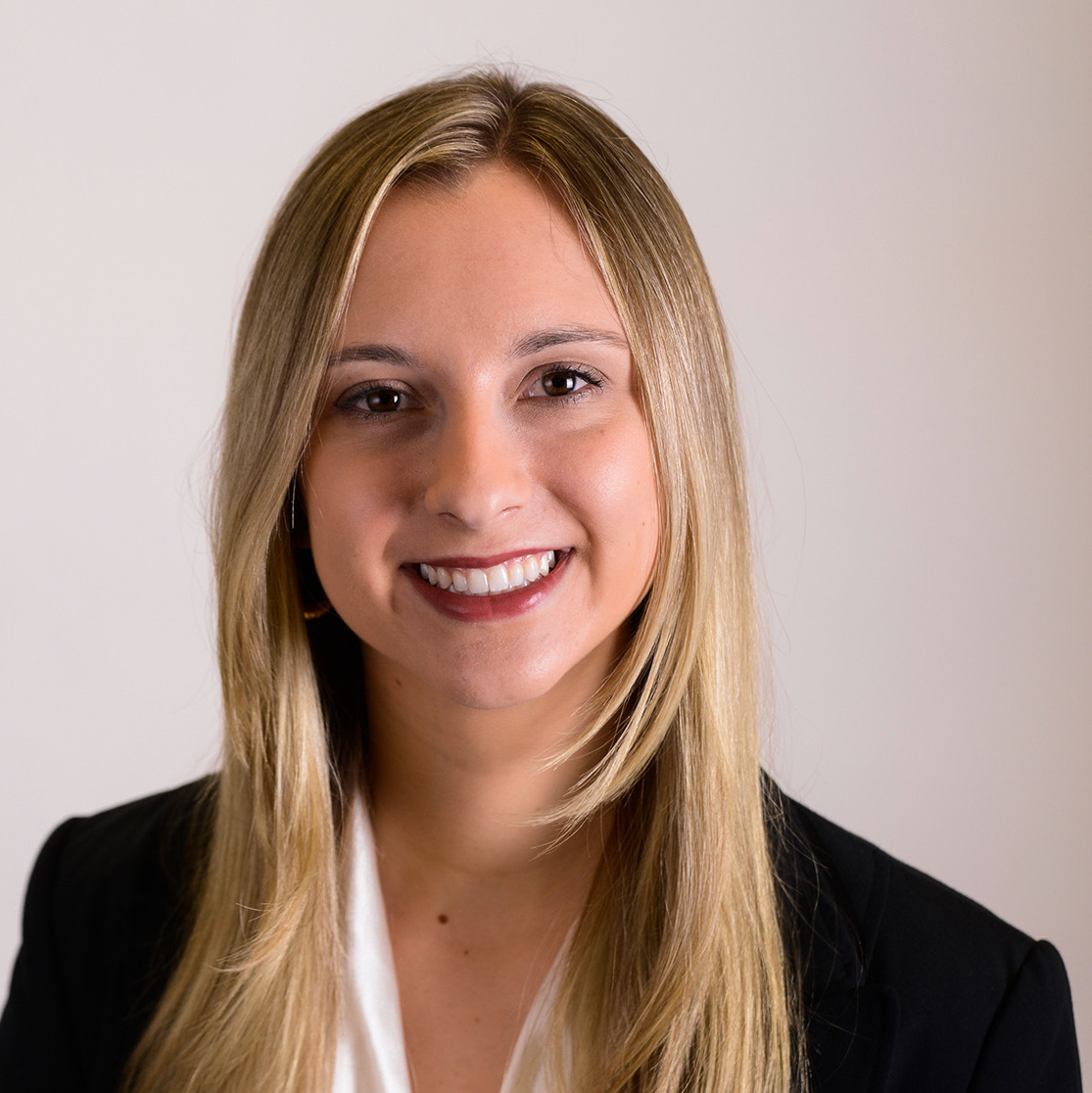Sam Altman proved himself wrong.
“Creativity has been easier for AI than people thought,” Altman, the OpenAI CEO, said at the Wall Street Journal’ s Tech Live conference on Tuesday. Among the “people” who misjudged AI’s creative capabilities: Altman, himself.
In 2014—back when Ebola appeared in West Africa and Guardians of the Galaxy topped the box office—Altman, then-president of startup fund Y Combinator, described a world in which AI performed impressive technical tasks, but in which humans had a lock on creativity.
“The optimistic view on [AI replacing human workers], and certainly what backs up what we’re seeing, is that computers and humans are very good at very different things,” Altman said at the same conference nine years ago. “A computer doctor will out-crunch the numbers…but on cases that require judgment or creativity or empathy, we are nowhere near any computer system that is any good at this.”
Today, that view seems humorously quaint—and OpenAI’s own technology is the leading example of why. DALL-E, the company’s image generation tool, can create art from text prompts. GPT-4, the latest model of ChatGPT, can write bedtime stories, poetry, and song lyrics. The responses it offers in sensitive situations rivals that of real people. When prompted with the statement, “Someone in my family is very sick,” the large language model responded with compassion (or as close to compassion as a piece of technology can get). “I’m really sorry to hear that,” GPT writes. “Dealing with illness in the family can be extremely challenging and emotionally draining…Remember that it’s entirely normal to feel a range of emotions, including sadness, frustration, and helplessness.”
While the large language model wasn’t designed to make judgment calls—and it’ll remind users of this when asked an opinion question—the technology provides facts and analysis to help people make decisions. It’s not inconceivable that a future model will get closer to offering an informed opinion.
The prevailing belief in 2014 was that AI would complete robotic and technical jobs really well, but “never [that] it was going to be a really great creative thinker,” Altman said onstage on Tuesday, speaking alongside OpenAI chief technology officer Mira Murati. But as it turns out, creativity isn’t difficult for modern AI models. While Altman’s statement emphasizes how quickly new technology can develop, it’s also a reminder that tech leaders can innovate past what they say is possible in a matter of a few years and to take declarations about the future with a grain of salt. “I certainly would not have predicted GPT-4 10 years ago,” Altman added.
Many of the concerns around AI from 2014 remain today, though the technology raising questions nine years ago was IBM’s Watson, a computer system that answered user questions but hasn’t competed with more modern tech like ChatGPT. The future of work was a conversation at the 2014 conference and on Tuesday. Other concerns raised at Tuesday’s event included nefarious uses of ChatGPT, safety measures, and the ability of new technologies to influence individuals’ beliefs.
To questions around safety and criminal use cases, Altman says the things people worry about in theory don’t always play out in practice. On the future of jobs, he says that every century or so, about half the jobs in society are no longer relevant owing to advances in technology, or they completely change. While nine years ago, blue-collar work was primarily affected by AI, that threat has extended to white-collar work with AI’s ability to be creative.
“I’m not afraid of that at all,” he said. “What we do need to confront as a society is the speed at which this is going to happen.”

